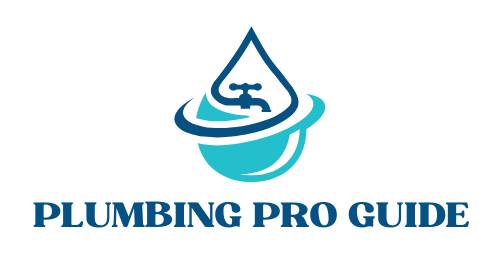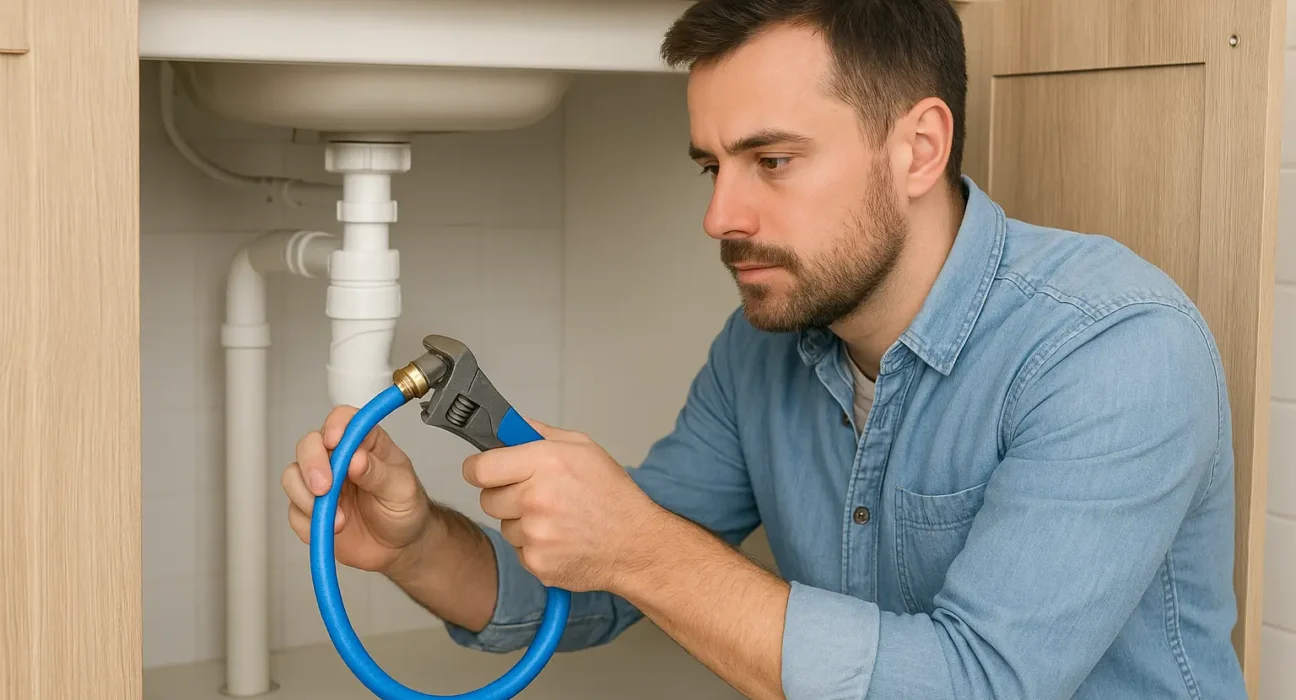Understanding Flexible Pipes for Plumbing
A flexible plumbing pipe is one of the most versatile materials used in modern home water systems. They are called flexible because you can give them any shape by simply moulding them with your hands, so that’s why they are more efficient to use in plumbing DIY. They make plumbing installation faster and reduce the need for extra fittings or joints, which means fewer potential leak points.
Homeowners often choose flexible plumbing pipes for quick repairs or renovations because they save both time and money. Even for most appliances flexible pipe is a great choice as it’s easier when you are shifting appliances or if the space is tight. Whether you’re replacing an old water line or connecting a new fixture, these pipes simplify the process and improve overall water flow system efficiency.
Welcome to the Plumbing Pro Guide, your trusted source for home plumbing solutions.
Types of Flexible Plumbing Pipes and Their Uses
Different materials are used for flexible plumbing pipes, each offering unique benefits depending on the project:
-
- PEX (Cross-Linked Polyethylene): Professionals’ favourite, PEX is durable, affordable, and suitable for both hot and cold water. It endures even a cold climate and resists rust and corrosion.
-
- Stainless Steel Hoses: They are commonly used as flexible water pipes under sinks, for toilets, and water heaters. They’re strong, heat-resistant, and ideal for high-pressure connections.
-
- PVC or Vinyl Tubing: Lightweight and cost-effective for temporary plumbing setups or low-pressure applications.
-
- Rubber or Reinforced Hoses: Best for connecting washing machines or outdoor faucets where movement or vibration occurs.
You have to choose the right material for your plumbing needs to ensure the durability of pipes and long-term maintenance. Flexible plumbing pipes are a smart choice for your house maintenance.
Benefits of Flexible Plumbing Pipes
Flexible plumbing pipe makes life easier for both homeowners and professional plumbers. Here’s why:
-
- Easy pipe connection: You can easily cut and connect these pipes using simple tools, without the need for welding or soldering.
-
- Leak-proof fittings: Modern flexible pipe connectors and flexible pipe fittings create tight, reliable seals that reduce the risk of water leaks.
-
- Corrosion resistance: Flexible pipes don’t rust or corrode like metal pipes, making them ideal for long-term water use.
-
- Improved water flow: Because they bend easily, these pipes maintain steady water pressure and eliminate sharp corners that restrict flow.
They’re also perfect for home plumbing repair jobs where rigid pipes would be hard to fit or replace. Learn how you can replace the drain pipe under your kitchen sink with a step-by-step guide.
Step-by-Step: How to Install Flexible Plumbing Tubing
Installing flexible plumbing tubing is a manageable task for DIY-minded homeowners. Follow these simple steps, and you can easily install the pipe.
| Step | Action | Purpose |
| 1 | Turn off the water supply | Prevent leaks and flooding |
| 2 | Measure and cut the pipe | Ensure accurate length |
| 3 | Attach connectors | Create secure joints |
| 4 | Tighten fittings | Prevent leaks |
| 5 | Test the line | Confirm everything works |
If you notice drips or water pressure issues, stop and recheck your fittings. For complex setups like water heaters or main lines, it’s best to call a professional plumber.
Maintenance and Longevity Tips
Maintaining your flexible water supply pipe keeps your plumbing system in good shape. Inspect pipes annually for cracks, bulges, or signs of wear, especially near fittings. Replace any plumbing pipe or hose that looks damaged before it causes a leak.
During regular water line maintenance, look for mineral buildup or corrosion on metal connectors. Wipe away residue and ensure fittings stay dry and secure. If you notice unusual noises, fluctuating pressure, or hidden moisture, it might be time for a leak detection service to prevent serious damage.
Flexible vs. Rigid Pipes: Which Is Better?
Rigid pipes, such as copper or galvanized steel, offer excellent strength and durability for structural installations. However, flexible pipes win in ease of use, adaptability, and installation time.
A flexible pipe for plumbing can easily be bent around the corners and connects to fixtures without multiple fittings, minimizing leak risk. In contrast, rigid pipes require precise cutting and soldering, which increases labor and cost.
For most residential applications like connecting sinks, toilets, or water heaters, flexible plumbing pipes are the smart choice.
FAQ:
How long do flexible plumbing pipes last?
Lasting depends on the usage and maintenance, but High-quality flexible pipes, such as PEX or stainless steel, can last 25–50 years.
Are flexible pipes better than rigid pipes?
Depends on the purpose of usage, Flexible pipes are easier to install and better suited for small spaces, while rigid pipes are stronger and ideal for main supply lines.
What is the most flexible plumbing pipe?
PEX tubing is the most flexible and durable option, making it perfect for residential water lines.
What is a flexible pipe used in plumbing?
Flexible pipes are used to connect sinks, toilets, water heaters, and appliances that require movement or easy access during installation or repair.


